Meet 5 of Earth’s living fossils
by Scott Dutfield · 10/10/2020
These creatures have survived asteroids, earthquakes and ice ages across millions of years to walk and swim the Earth today
The father of evolution, Charles Darwin, was the first to coin the term ‘living fossil’ in the pioneering book On The Origin Of Species in 1859. He used the term to describe living species bearing a physical resemblance to prehistoric species that once roamed Earth.
However, categorising animals as ‘living fossils’ has caused controversy in the scientific community because it implies that some of today’s species have stopped evolving and remain unchanged from their ancient ancestors.
The truth about ‘living fossil’ species, such as crocodiles, is that they have very similar characteristics to a species that lived millions of years ago, rather than being unevolved for millions of years. To be classed as a living fossil a species must have had a significantly slower rate of physical evolution or show subtle morphological (physical) changes.
As evolutionary echoes, these modern-day doppelgängers give researchers a glimpse into their prehistoric timelines and offer suggestions as to why their morphology has gone almost unchanged for so long.
New additions to these evolutionary elites are still being discovered. In 2002, researchers unearthed the fossil remains of what was first believed to be a prehistoric chimpanzee in Barcelona. However, last year, after careful analysis, it was deduced that the fossils belonged to a giant flying squirrel (Miopetaurista neogrivensis), dating back 11.6 million years ago.
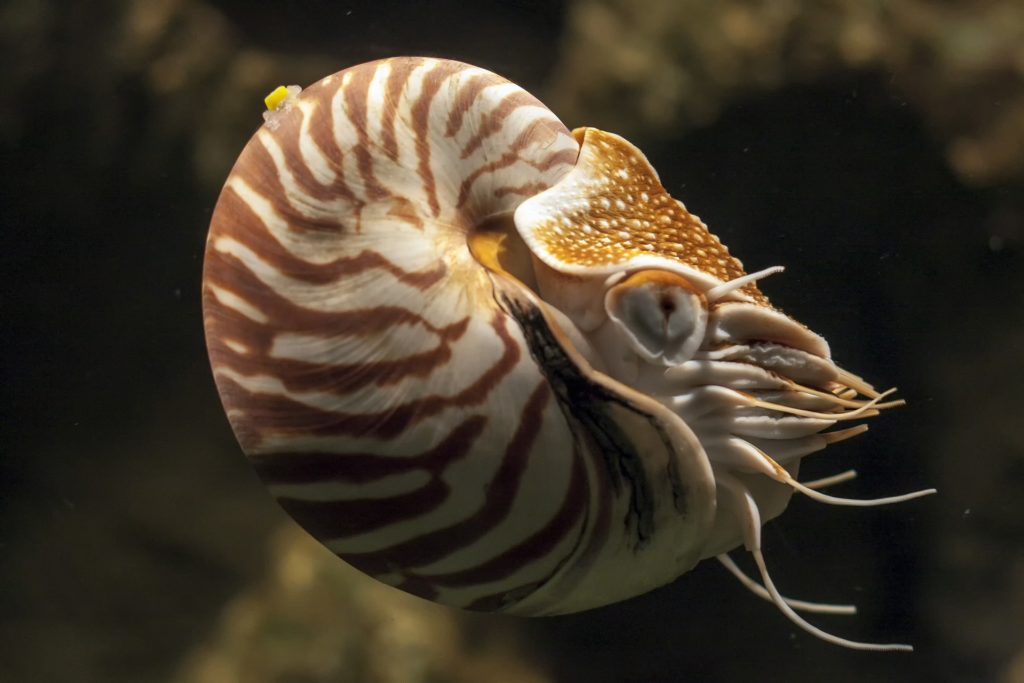
1. Nautilus
There aren’t many species that can say they have lived to witness both the rise and fall of the dinosaurs, but nautiluses certainly can. Becoming giants of the sea around 500 million years ago, these ancient cephalopods owe their survival success to their natural armour. Nautiluses are the only cephalopods to have a fully enclosed shell, thanks to a fleshy trapdoor protecting the soft body that hides within.
At first glance, a nautilus may appear to be a floating snail, passively riding the underwater currents without any fins or limbs to guide its journey. However, it uses a water jet to propel itself through the sea. Through a siphuncle (a canal connecting living tissue to internal shell chambers), a nautilus can draw in and pump out surrounding water, allowing it to travel forwards and backwards. It uses the same method to ascend and descend: after expelling water from the shell, the nautilus becomes more buoyant and will rise; draw in more water and the cephalopod will sink.
Although this unique design has sustained these creatures for millions of years, they are now under threat of extinction from hunters fishing for their stunning shells.
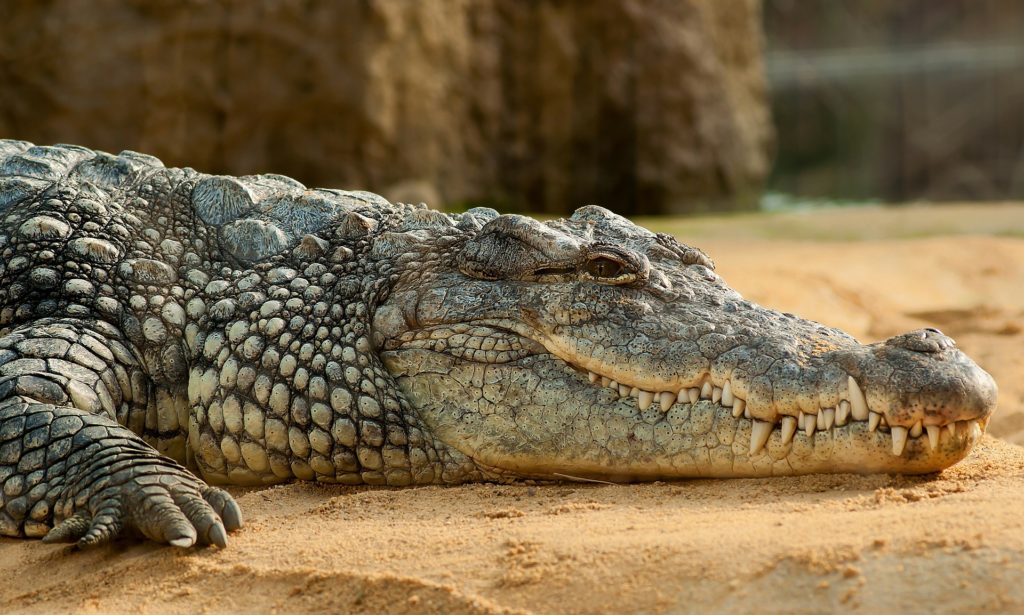
2. Crocodiles
As the poster species for living fossils, crocodiles have long been an example of how “if it’s not broken don’t fix it” applies when it comes to evolution. At the start of the Mesozoic Era some 250 million years ago, the ancestors of modern-day crocodiles began to walk the Earth. By the late Cretaceous Period, around 65 million years ago, prehistoric swamps and riverbeds were home to amphibious predators not dissimilar to the crocodiles we see today.
Sporting long and muscular snouts, scaled armour and short legs, the physiology of crocodiles is believed to have evolved from the need to explore new hunting territories because dinosaurs had monopolised the land. Finding relief from this competition in the water, crocodiles evolved to suit their new habitat. Eyes, ears and nostrils lie on top of a crocodile’s head to keep them above the water line while the rest of the body is submerged, and the muscular fin-like tail offers both power and manoeuvrability in the water.
Although we can see evidence that modern-day crocodiles have maintained their shape for millions of years, the lineage of the species has diverged. Over time crocodilians have taken many different forms, even vegetarian species – a far cry from today’s carnivores.
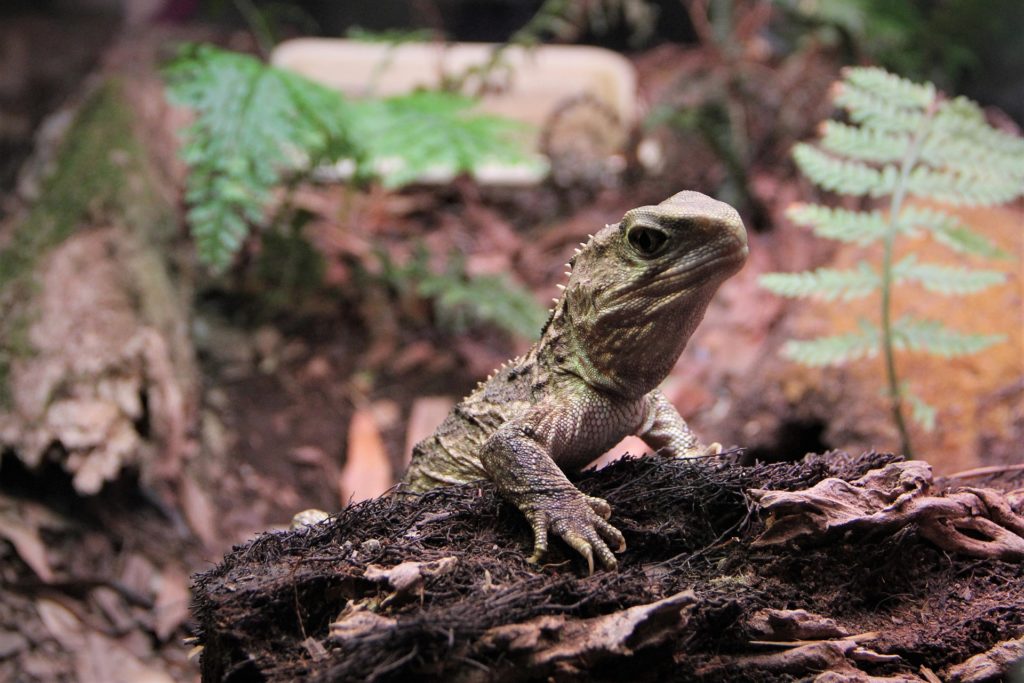
3. Tuatara
Now only found in New Zealand, tuatara (Sphenodon punctatus) once roamed around the world. These lizard-like reptiles were previously thought to be a member of the lizard family, but after careful consideration and a fossil trail leading back more than 200 million years, it was concluded that these reptiles are members of an exclusive group known as Rhynchocephalia, of which tuatara is the only living member. There was 24 genera of Rhynchocephalia, but competition with other, more adapted reptiles, such as crocodiles, resulted in all but one becoming extinct around 100 million years ago.
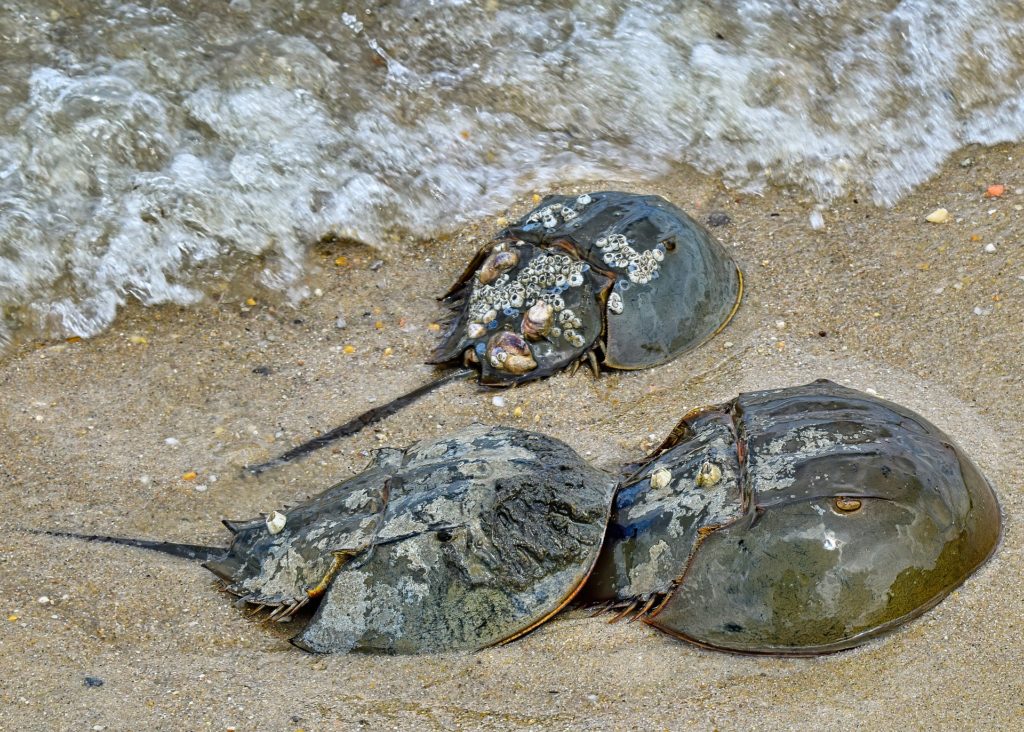
4. Horseshoe crab
Despite their name, horseshoe crabs are not actually crabs, but instead belong to a group of invertebrates called arachnids, and are more closely related to spiders and scorpions. However, due to their crustacean-like shell, it’s easy to confuse them.
First walking the seafloor over 300 million years ago, horseshoe crabs have kept up appearances ever since. Although not identical to their prehistoric ancestors, their evolution has been so gradual they have been labelled living fossils. Dressed in a robust horseshoe-shaped shell, these armoured arachnids make a tough meal for both prehistoric and present predators.
Although horseshoe crabs are not known for their swimming abilities and are more often seen scurrying from the water, they are still equipped with a long spine-like tail that acts as a rudder. In the event they find themselves on their back, this acts as a lever to flip them the right side up.
Each summer on shorelines around America, swarms of Atlantic horseshoe crabs head out of the waters and onto the beach to breed.
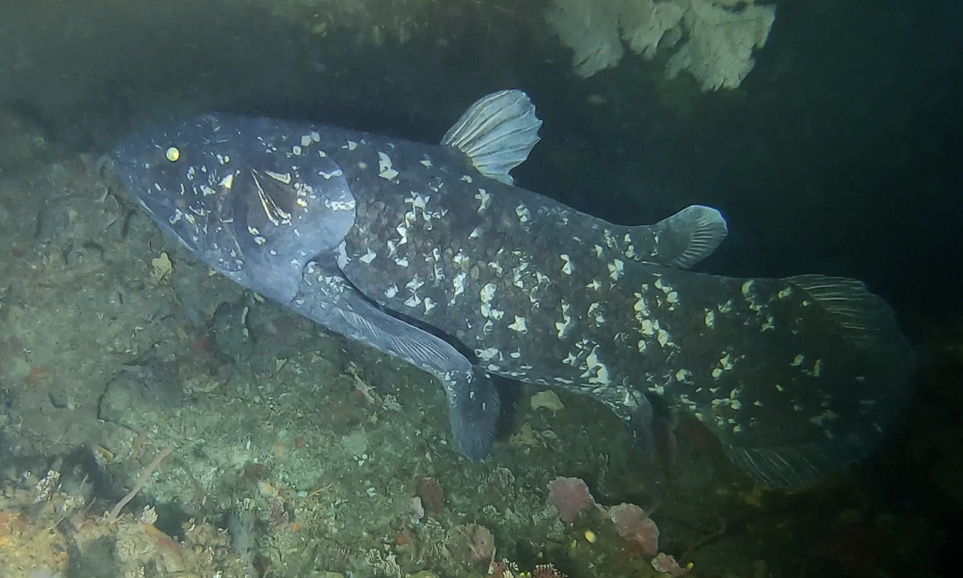
5. Coelacanth
Taking a deep dive into the African waters surrounding the Comoros Islands, you might be lucky enough to spot a living fossil swimming near the seafloor. At up to two metres long, they’re hard to miss. Once thought to be extinct, coelacanths have stood the test of time and remained relatively unchanged physically for over 360 million years.
There are currently two species of coelacanth – Latimeria chalumnae that dwell on the seafloor off the east coast of Africa, and Latimeria menadoensis, which swim deep in Indonesian waters. What makes these giant fish special is their fins. Typically, modern-day bony fish are ray-finned, meaning their flippers are made up of bony spines. Coelacanths are only one of two groups of fish to swim using lobed fins. Much in the same way our leg bones connect to our pelvis, lobe fins house an internal bone structure that has led scientists to believe their ancestry may be linked to the evolution of tetrapods (four-limbed vertebrates). However, having a lobed fin was as close as this fish got to sprouting legs.
To answer the question of which species started ditching fins for feet, the coelacanth’s prehistoric cousin and fellow lobe-finned living fossil, the lungfish, may be responsible.
This article was originally published in How It Works issue 132
For more science and technology articles, pick up the latest copy of How It Works from all good retailers or from our website now. If you have a tablet or smartphone, you can also download the digital version onto your iOS or Android device. To make sure you never miss an issue of How It Works magazine, subscribe today!





